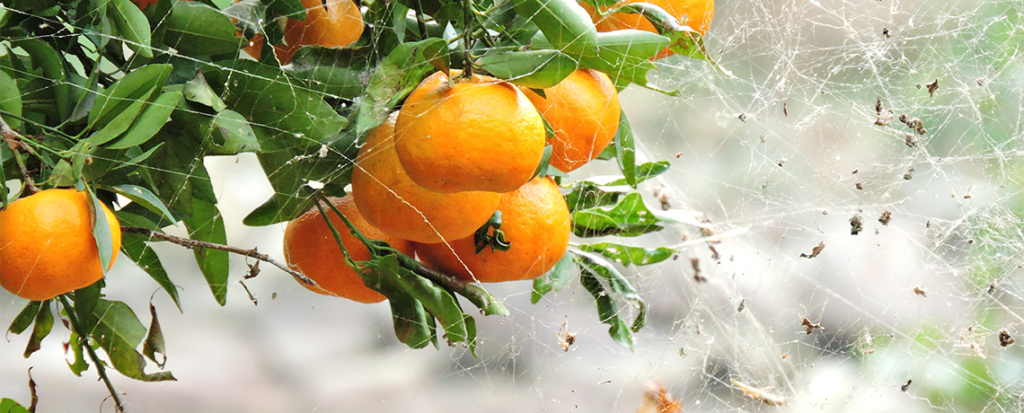
What are five things you think of when you imagine Florida? More than likely, beyond alligators and sun, you probably think of citrus. Whether you live in or visit Florida, there’s often a place where you can get locally grown citrus in season: grapefruits, tangerines, tangelos, honeybells and so many more varieties. But, the citrus industry has been in a rapid decline over the last 15 years, vastly in part due to diseases such as Huanglongbing (HLB) or citrus greening as well as Citrus Canker and Citrus Tristeza virus. Each of these reduce crop production sizes.
The article below claims that genetically engineering citrus is faster than conventional methods in fending off HLB, but as Center For Food Safety has pointed out, testing of disease prevention through GE techniques have been attempted since the 90’s with minimal success, in large part due to the complexities of the diseases:
” …engineering plants with toxins that provide resistance to one pathogen sometimes results promotion of a different disease as a result of poorly understood interactions between plant defenses and the specific pathogens… In the long run, even if some of the GE experiments do eventually result in commercial plantings, solutions to the current diseases of citrus that involve adding one or a few genes to a tree’s genome are unlikely to provide more than fleeting relief to an industry plagued by one new epidemic after another.”
Non-GE solutions are actively being sought out from groups such as Florida Organic growers and UF as well. Matt’s Organics has been producing delicious organic juices since the early 2000’s. An interview with Vice President of Operations Ben McLean explained that they have conducted a variety of methods to counter the disease such as using wasps to eat the psyllids which spread HLB, using neem oils and other pest reducers and ultimately believes that: “Our long-term solution, organic or conventional, will be resistant and tolerant genetics. Our best grove now is a new 15-acre planting of ‘Sugar Belle’ [tangerine], where we are using these materials to control the psyllid. We are optimistic, because the research has shown the variety is much more tolerant to greening.”
For more specifics about GE Citrus check out these fact sheets and infographs:
https://saveourroots.org/docs/c
https://globaljusticeecology.o
— Ruddy Turnstone
By HEATHER O’BRIEN
Originally published by Roanoke.com
Nothing is better than starting your day with a tall, fresh glass of Florida orange juice. But soon, this may be a distant memory. Due to increased hurricane activity, combined with a highly destructive citrus tree disease running rampant in the South, the future of American-grown oranges looks bleak.
You may have heard that the recent hurricanes hitting Florida have hurt the citrus industry. Currently, upward of 70 percent of the state’s crops have been destroyed, according to The Washington Post. Hurricane Irma is to blame for uprooted trees, fruit blown off limbs and over-saturation of soil.
But there’s another threat that has been working its way through orange groves for several years, destroying tree after tree with little treatment available.
Not exactly the best fruit for your morning juice.
The bacterium’s effects mimic symptoms of other diseases, making it difficult to diagnose at first. By the time the infection is confirmed, it generally has spread to the whole grove.
But where does this disease come from? The U.S. Department of Agriculture states the bacteria are spread by insects called psyllids. Scientists believe these insects originated in China, which has suffered its own massive orange grove devastation. In addition to Florida and Georgia, psyllids have been spotted in other Southern states, such as Texas, Louisiana and Mississippi, and even Southern California, causing major damage to the country’s citrus industry.
